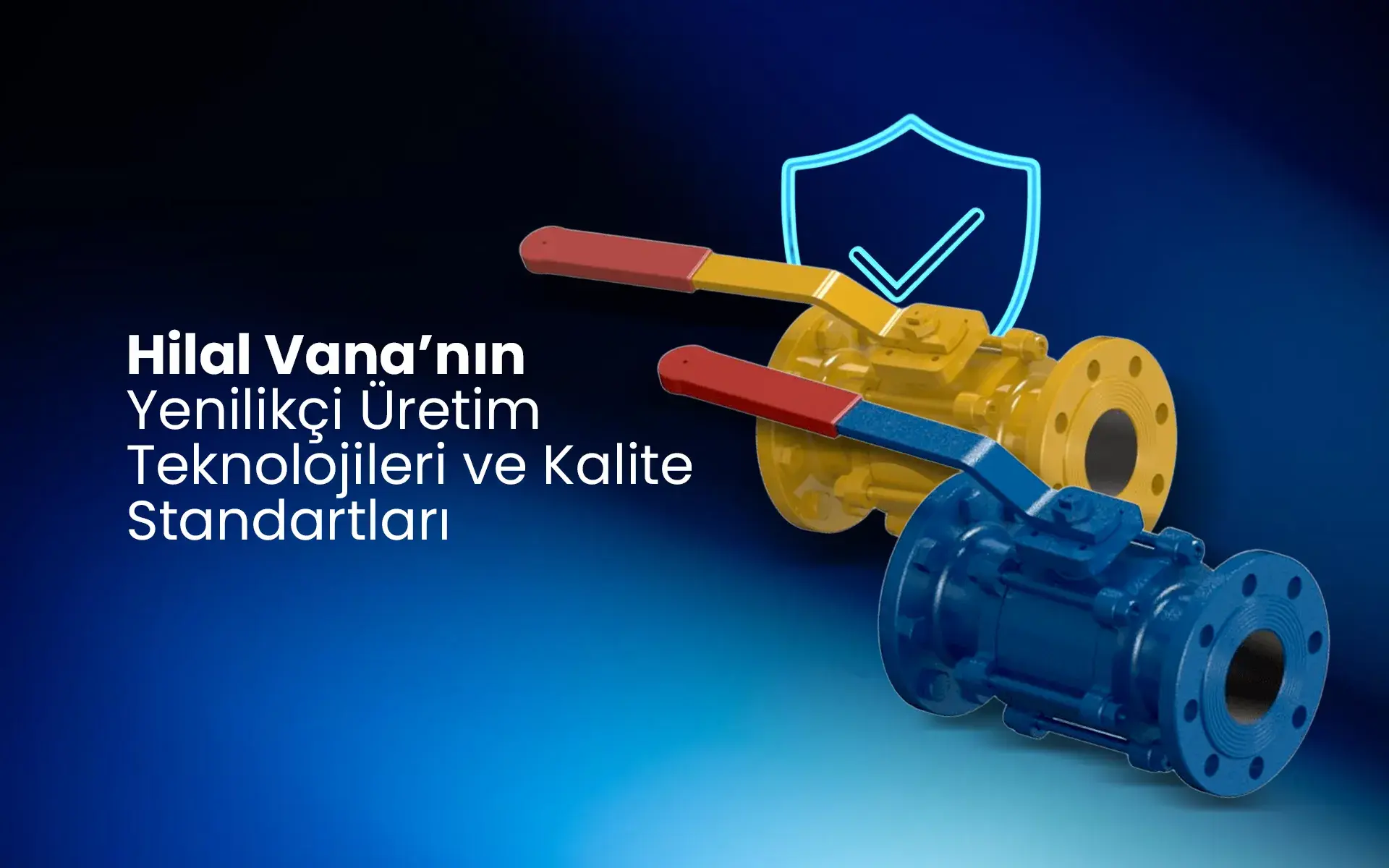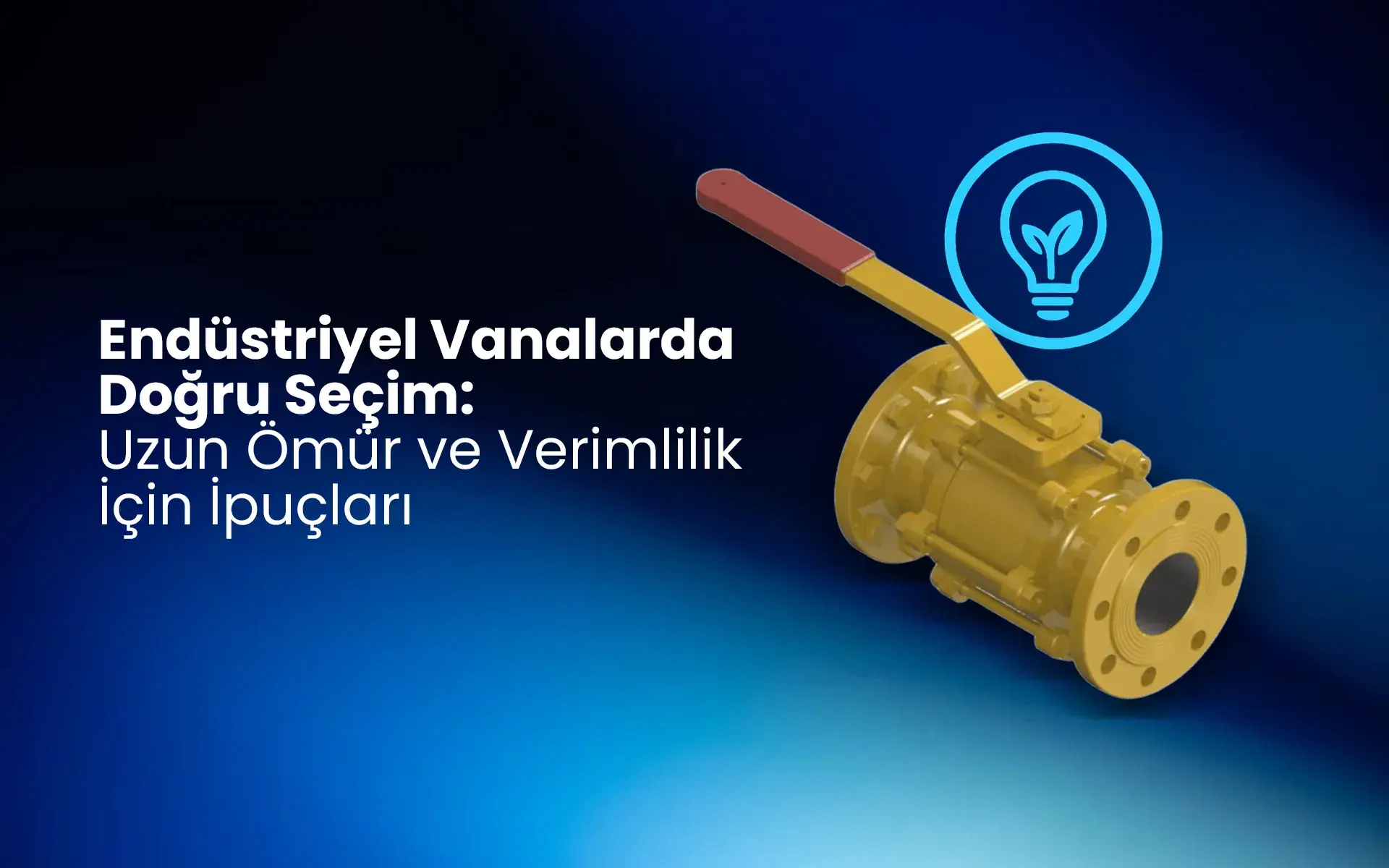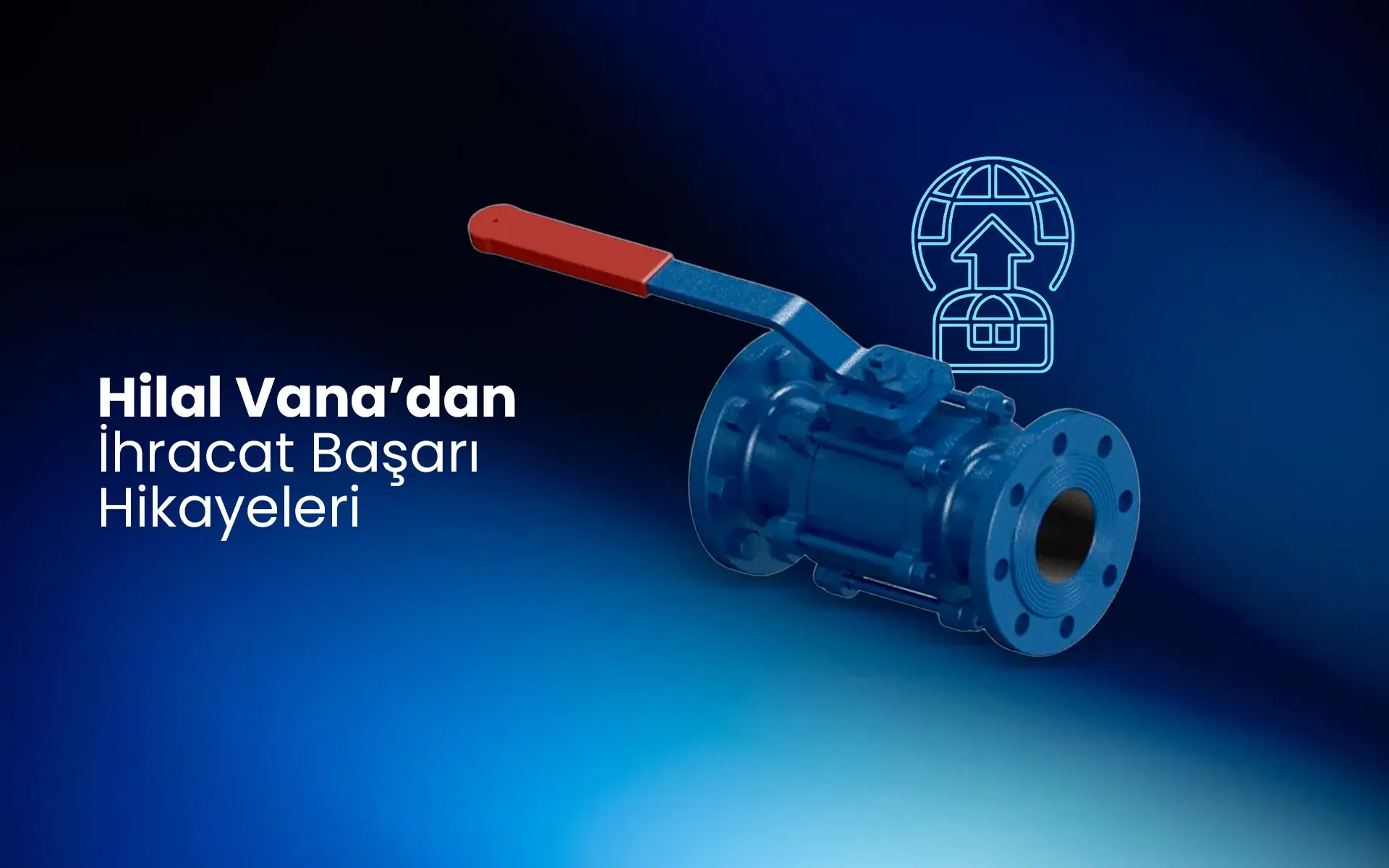
Safe Valve Use in Natural Gas Pipelines
Safe Valve Use in Natural Gas Pipelines
The use of valves in natural gas pipelines is not limited to theoretical technical specifications; real field conditions often create scenarios far different from data on paper. High pressure, sudden flow fluctuations, environmental influences, and emergency protocols all directly impact valve performance.
1. Leakage Tests and Pre-Commissioning Checks
In a newly installed natural gas line, valves must be tested immediately after installation through hydrostatic or pneumatic methods. These tests enable field personnel to apply the “zero leakage” principle. Even a flange tightened below the recommended torque can pose significant risks in the future.
2. Preventive Measures Against Freezing in Cold Weather
In winter, outdoor natural gas valves face the risk of freezing due to residual moisture inside them. This condition can restrict stem movement and disable the emergency shut-off function. The solution lies in insulated enclosures or heating cables.
3. Manual Intervention Time in Emergency Scenarios
Alongside Emergency Shutdown (ESD) valves, the manual closing time of field teams is also a critical parameter. Operational plans should always record and evaluate “valve access time” and “closure time.”
4. Different Approaches for Urban and Industrial Networks
-
In urban distribution lines, compact, easy-to-access, and often buried-type valves are preferred.
-
In industrial facilities, high-torque models that can be integrated into automation systems take precedence.
5. Realistic Maintenance Intervals
Although regulations often require at least one inspection annually, pipelines exposed to high flow or severe environmental conditions should undergo maintenance every six months. These inspections must cover not only leakage control but also stem bearings, actuator adjustments, and fastening elements.
Summary
Safe valve use in natural gas pipelines is not just about choosing products that meet standards—it is a holistic process of correct installation, routine testing, and comprehensive emergency planning. The difference between what is written on paper and what is applied in the field often determines the fate of safety.
(Photo to be inserted)
The Impact of Environmental Factors on Valve Performance
Valves used in industrial and natural gas pipelines are influenced not only by the properties of the fluid they carry but also by the environmental conditions in which they operate. These environmental factors are critical in determining the valve’s lifespan, performance, and safety levels.
1. Temperature Variations
Extreme heat or cold can cause expansion and contraction of the valve body, reducing the efficiency of sealing elements. In winter, freezing may prevent stem movement and disable emergency shut-off functions.
2. Humidity and Rainfall
High humidity and heavy rainfall increase the risk of corrosion, particularly in carbon steel valve bodies. For outdoor use, stainless steel, special coatings, or painted surfaces are recommended.
3. Dust and Particulate Exposure
In environments such as cement plants, mining sites, or construction areas, airborne dust particles may penetrate valve stems and actuator mechanisms, causing abrasion. Dust-proof enclosures help mitigate this risk.
4. Chemical Environments
In petrochemical or wastewater treatment plants, acidic or alkaline vapors present in the air may corrode valve materials. In such environments, valves with special body materials and seals should be selected.
5. UV and Sunlight Exposure
Plastic or elastomer components exposed to continuous sunlight risk hardening and cracking over time. UV-resistant materials help minimize this impact.
Conclusion
Ensuring long-term valve performance requires not only correct material selection but also a thorough analysis of environmental conditions prior to installation. With high-durability solutions tailored to diverse climates and operating environments, Hilal Vana ensures reliable performance in critical pipelines.





